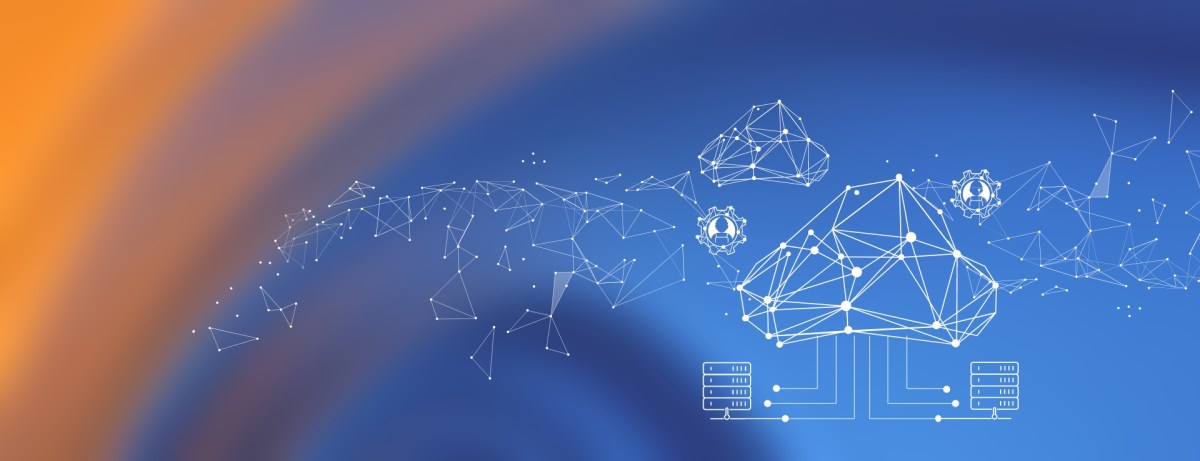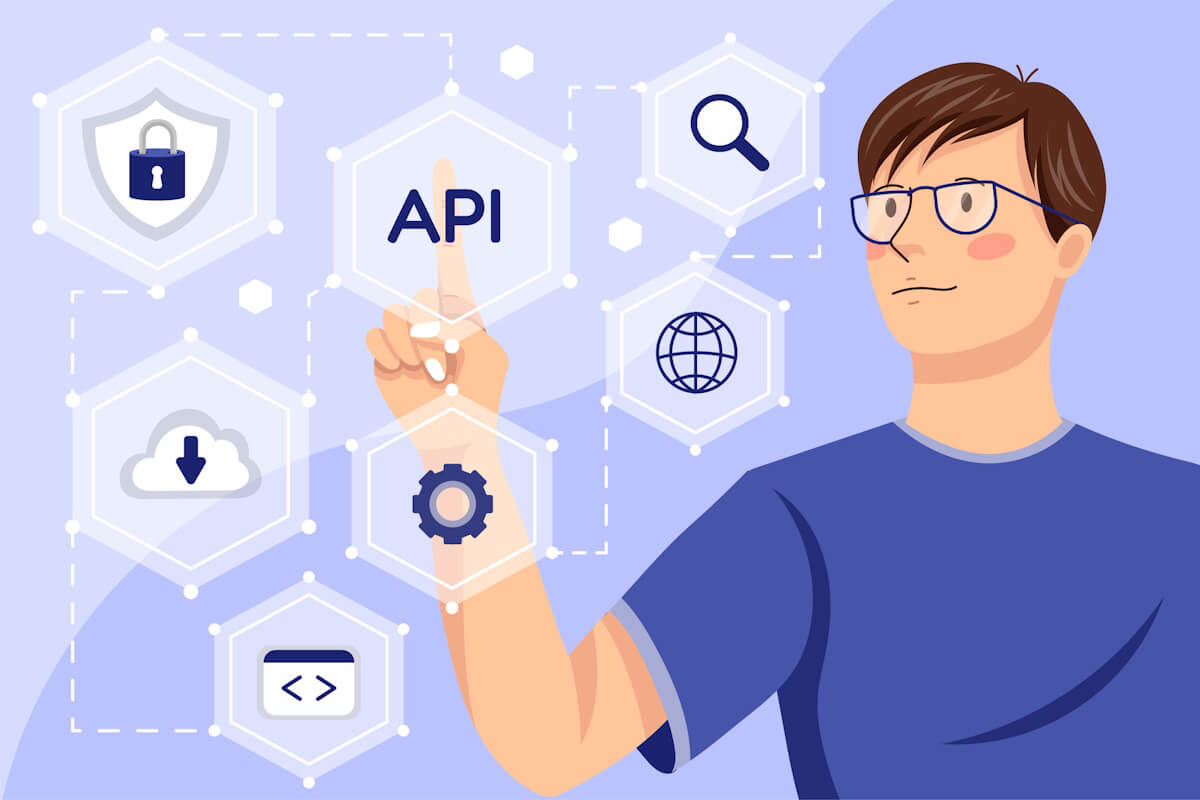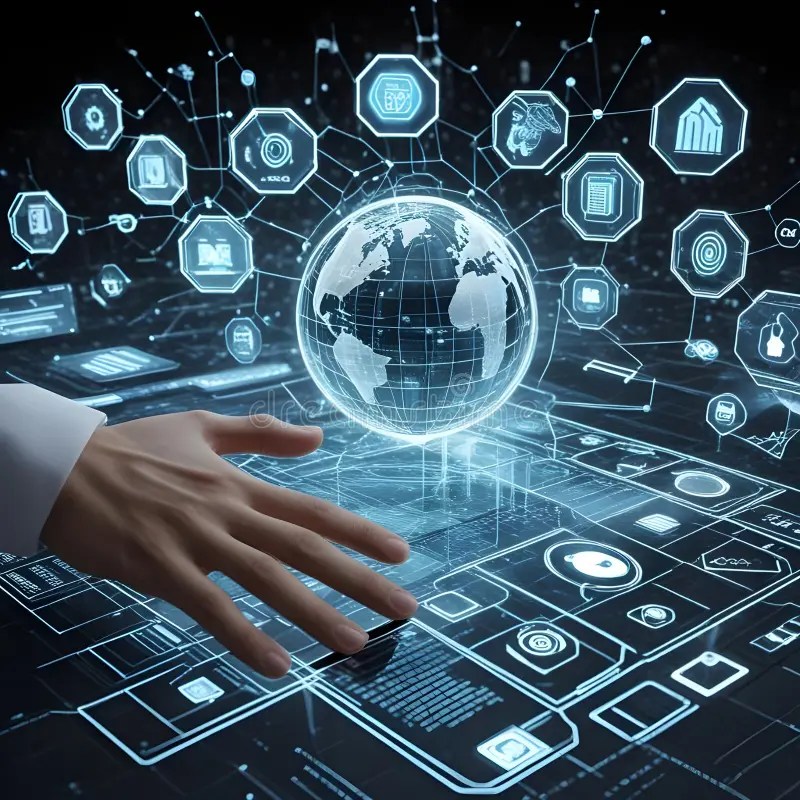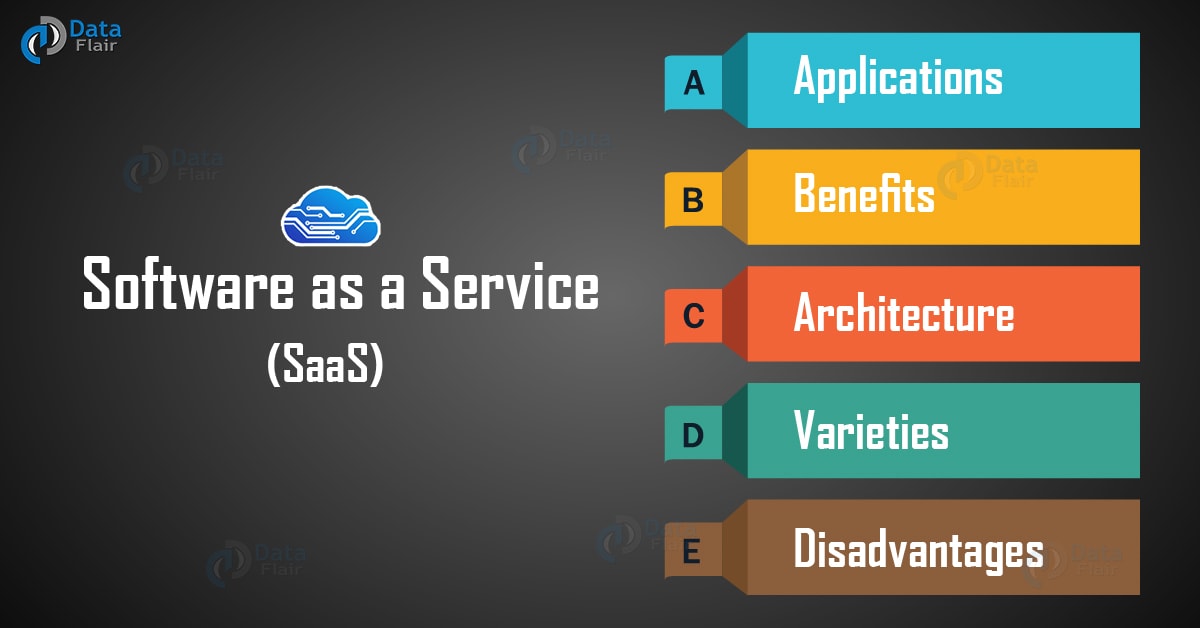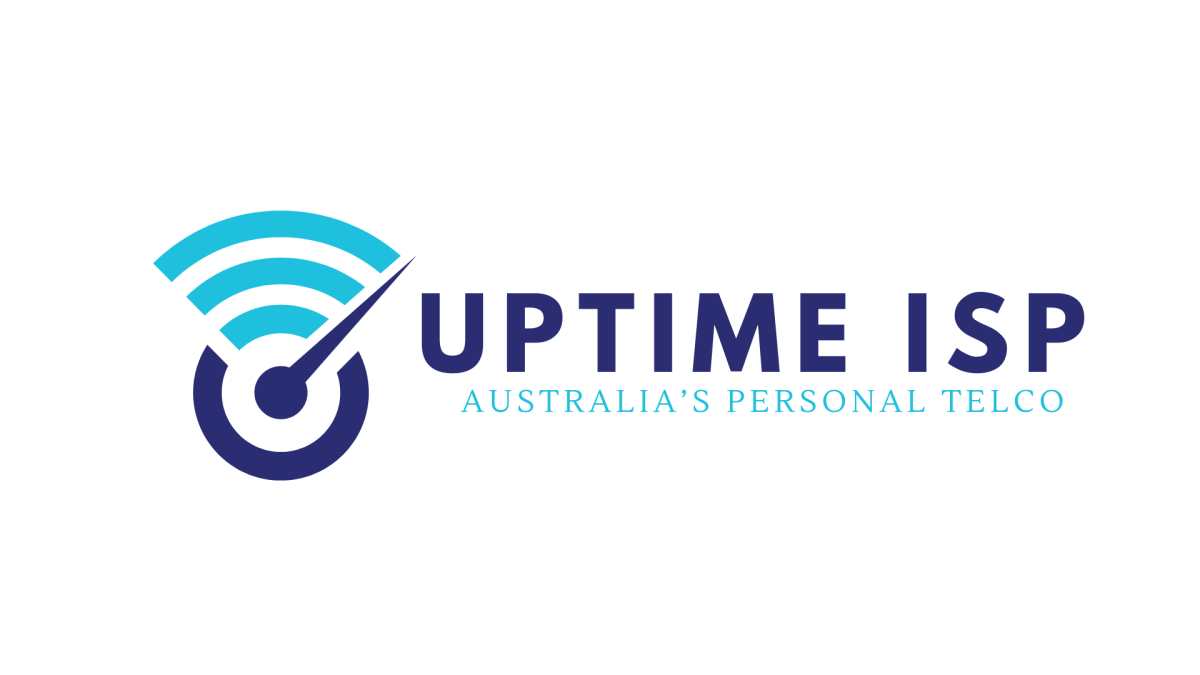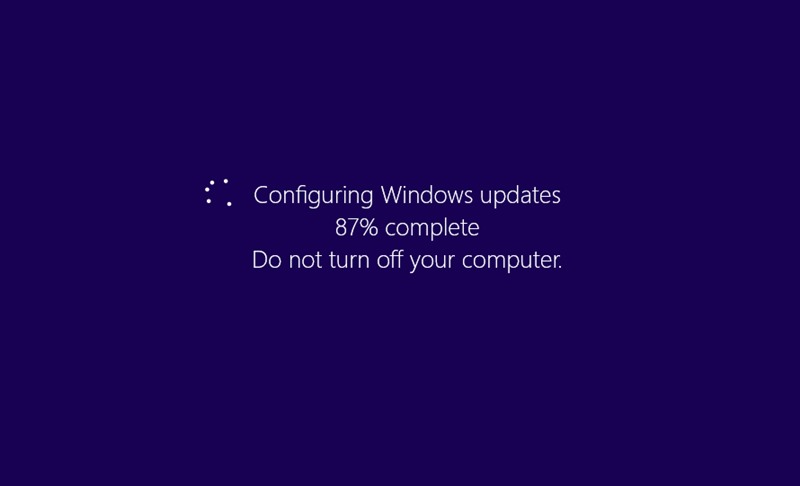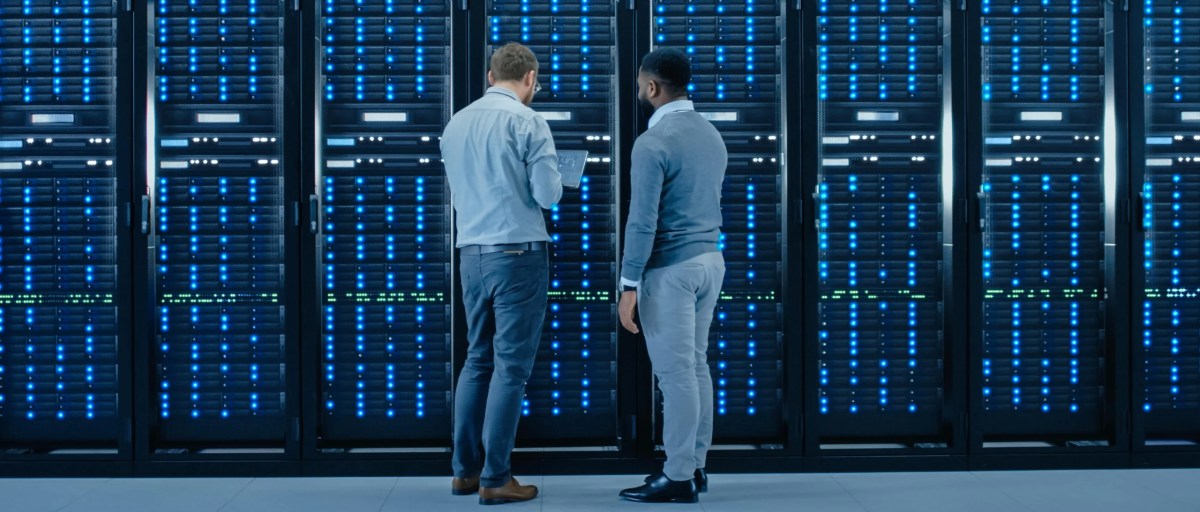Software Licensing: 7 Powerful Insights You Must Know in 2024
Navigating the world of software licensing can feel like decoding a digital maze. From startups to enterprises, understanding how software is legally distributed and used is crucial—both for compliance and cost efficiency. Let’s break it down with clarity and confidence.
What Is Software Licensing and Why It Matters

At its core, software licensing defines the legal terms under which software can be used, modified, and distributed. It’s not just a legal formality—it’s a foundational element that governs how businesses and individuals interact with digital tools.
The Legal Backbone of Software Use
Every time you install an application, you’re agreeing to a license agreement—often without realizing it. This agreement outlines what you can and cannot do with the software. Without it, using software would be legally ambiguous and potentially infringe on intellectual property rights.
- Software licenses protect developers’ rights.
- They define user permissions and restrictions.
- They serve as enforceable contracts in court.
“A software license is not just a piece of text—it’s the bridge between innovation and legal use.” — Harvard Journal of Law & Technology
Differentiating License from Ownership
One of the most misunderstood concepts in software licensing is the difference between owning software and having a license to use it. When you purchase software, you’re typically not buying the code itself—you’re buying the right to use it under specific conditions.
- You don’t own the software; you license it.
- Resale, modification, or redistribution may be restricted.
- Ownership remains with the developer or vendor.
Types of Software Licensing Models
Understanding the various software licensing models is essential for making informed decisions, whether you’re a developer, IT manager, or business owner. Each model comes with its own benefits, limitations, and use cases.
Perpetual Licensing
Perpetual licensing allows users to use software indefinitely after a one-time payment. This model was dominant in the pre-cloud era and is still preferred by organizations that value long-term control and predictability.
- One-time upfront cost.
- Often includes a maintenance fee for updates.
- Common in enterprise software like Microsoft Office (pre-365).
While perpetual licenses offer long-term savings, they lack the flexibility of subscription models and may require significant initial investment.
Subscription-Based Licensing
Subscription licensing has become the industry standard, especially with the rise of SaaS (Software as a Service). Users pay a recurring fee—monthly or annually—to access software.
- Lower upfront cost.
- Regular updates and support included.
- Scalable for growing businesses.
Examples include Adobe Creative Cloud and Microsoft 365. This model benefits vendors through predictable revenue and users through continuous access to the latest features.
Open Source Licensing
Open source software is distributed with source code that can be viewed, modified, and shared. However, not all open source licenses are the same—some are more permissive, while others impose strict conditions.
- MIT and Apache licenses are permissive.
- GPL (General Public License) requires derivative works to be open source.
- Used widely in development communities and cloud infrastructure.
For more on open source licensing, visit the Open Source Initiative.
Software Licensing in Enterprise Environments
For large organizations, software licensing isn’t just about compliance—it’s a strategic function that impacts budgeting, security, and operational efficiency.
Licensing Compliance and Audits
Software vendors like Microsoft, Oracle, and SAP conduct audits to ensure customers are using software within the terms of their licenses. Non-compliance can lead to hefty fines and legal action.
- Regular internal audits help avoid penalties.
- License management tools track usage across departments.
- Non-compliance can cost millions in back fees.
According to a 2023 report by Gartner, over 60% of enterprises face at least one software audit per year.
Volume Licensing Programs
Enterprises often use volume licensing to manage large-scale deployments. These programs offer discounted rates for bulk purchases and centralized administration.
- Microsoft Enterprise Agreement (EA).
- Oracle Universal License Agreement (ULA).
- Centralized license tracking and deployment.
These agreements simplify procurement but require careful management to avoid over-licensing or underutilization.
Cloud and Hybrid Licensing Challenges
With the shift to cloud computing, traditional licensing models are being redefined. Cloud environments introduce complexities like dynamic scaling, multi-tenancy, and usage-based billing.
- Some on-premise licenses don’t transfer to the cloud.
- Microsoft’s License Mobility program allows certain licenses in Azure.
- Cloud-specific licensing (e.g., AWS hourly pricing) is usage-based.
Organizations must align their licensing strategy with their cloud migration roadmap.
Common Software Licensing Pitfalls to Avoid
Even experienced IT teams can fall into traps when managing software licensing. Awareness of these pitfalls can save time, money, and legal headaches.
Over-Licensing and Wasted Spend
Many organizations purchase more licenses than they need, leading to wasted budget. This often happens due to poor tracking or lack of visibility into actual usage.
- Conduct regular license utilization reviews.
- Use software asset management (SAM) tools.
- Negotiate flexible terms with vendors.
According to Flexera’s 2023 State of IT Report, companies waste an average of 27% of their software budget on unused or underused licenses.
Under-Licensing and Compliance Risks
On the flip side, using software without proper licensing exposes organizations to legal and financial risks. This can happen during rapid scaling or employee onboarding.
- Implement automated license tracking.
- Train IT and procurement teams on compliance.
- Monitor user growth and software deployment.
A single audit finding can result in penalties exceeding $1 million for large enterprises.
Misunderstanding Open Source Terms
Developers often integrate open source components without fully understanding the licensing implications. Some licenses, like the GPL, require that any derivative work also be open source.
- Use tools like Black Duck or FOSSA to scan codebases.
- Educate development teams on license compatibility.
- Maintain an open source inventory.
Ignoring these terms can lead to forced code disclosure or legal disputes.
Software Licensing and Intellectual Property Rights
Software licensing is deeply intertwined with intellectual property (IP) law. Understanding this relationship is crucial for both creators and users.
How Licensing Protects IP
A software license is a legal mechanism that allows the IP owner (the licensor) to grant usage rights without transferring ownership. This protects the developer’s rights while enabling distribution.
- Copyright law protects the code.
- Patents may protect unique algorithms or processes.
- Licensing defines how IP can be used.
Without a license, any use of software could be considered copyright infringement.
License Enforcement and Legal Recourse
When a license is violated, the software vendor can take legal action. This may include cease-and-desist orders, fines, or even lawsuits.
- Vendors use audit clauses to enforce compliance.
- Courts recognize software licenses as binding contracts.
- Willful infringement can lead to triple damages in some jurisdictions.
For example, in the case of Oracle America, Inc. v. Rimini Street, Inc., the court awarded Oracle over $1 billion in damages for unauthorized software use.
International Licensing Considerations
Software is used globally, but licensing laws vary by country. What’s allowed in one jurisdiction may not be in another.
- The EU’s GDPR affects how software handles personal data.
- China has strict localization and licensing requirements.
- International treaties like the Berne Convention help harmonize IP protection.
Global companies must tailor their licensing strategies to comply with local regulations.
Emerging Trends in Software Licensing
The software licensing landscape is evolving rapidly due to technological advancements and changing business models.
Usage-Based and Consumption Licensing
Instead of charging per user or device, some vendors now charge based on actual usage—such as API calls, compute time, or data processed.
- AWS and Google Cloud use consumption-based pricing.
- More accurate cost alignment with usage.
- Requires robust metering and monitoring tools.
This model is gaining traction in cloud-native and microservices architectures.
Blockchain and Smart Contracts for Licensing
Blockchain technology offers a transparent and tamper-proof way to manage software licenses. Smart contracts can automate license validation and enforcement.
- Decentralized license registries.
- Automatic royalty payments.
- Reduced need for intermediaries.
While still in early stages, projects like LicenseLedger are exploring this space.
AI and Automated License Management
Artificial intelligence is being used to predict license needs, detect compliance issues, and optimize software spend.
- AI analyzes usage patterns to recommend license adjustments.
- Automated alerts for potential violations.
- Integration with IT service management (ITSM) platforms.
Tools like Snow Software and ServiceNow now include AI-driven license optimization features.
Best Practices for Managing Software Licensing
Effective software licensing management is not a one-time task—it’s an ongoing process that requires strategy, tools, and collaboration.
Implement a Software Asset Management (SAM) Program
SAM is a set of practices that help organizations manage software throughout its lifecycle—from procurement to retirement.
- Inventory all software assets.
- Track license entitlements and usage.
- Align software spend with business needs.
ISO/IEC 19770-1 provides a framework for SAM implementation.
Centralize Licensing Oversight
Decentralized software purchases lead to inefficiencies and compliance risks. A centralized team should oversee all licensing decisions.
- Establish a cross-functional SAM team.
- Set clear procurement policies.
- Negotiate enterprise-wide agreements.
This ensures consistency and maximizes cost savings.
Regularly Review and Optimize Licenses
Software needs change over time. Regular reviews help ensure you’re not overpaying or under-licensed.
- Conduct quarterly license audits.
- Reallocate unused licenses.
- Negotiate renewals based on actual usage.
Optimization can reduce software costs by 20–30% annually.
Software Licensing for Developers and Startups
For developers and startups, choosing the right licensing model can impact growth, funding, and community adoption.
Choosing the Right License for Your Software
Developers must decide whether to use open source, proprietary, or hybrid licensing. The choice affects how others can use, modify, and distribute the software.
- MIT License: highly permissive, good for community growth.
- GPL: ensures openness but limits commercial use.
- Proprietary: full control, but limited collaboration.
GitHub’s 2023 survey found that 93% of developers use open source software, highlighting the importance of clear licensing.
Licensing in SaaS and Cloud Startups
Startups offering SaaS products often use subscription licensing with tiered pricing. This model supports scalability and recurring revenue.
- Free tier to attract users.
- Premium tiers with advanced features.
- Usage-based add-ons for high-volume customers.
Clear licensing terms build trust and reduce churn.
Open Source as a Business Model
Many startups use open source to build credibility and attract contributors, while monetizing through support, hosting, or enterprise features.
- Red Hat model: open source core, paid support.
- Confluent and MongoDB offer open source with commercial licenses.
- Requires careful license management to protect IP.
This hybrid approach balances openness with profitability.
What is software licensing?
Software licensing is a legal agreement that defines how software can be used, modified, and distributed. It grants users permission to use the software under specific terms while protecting the intellectual property rights of the developer.
What are the main types of software licenses?
The main types include perpetual licenses (one-time purchase), subscription licenses (recurring fee), open source licenses (free to use and modify), and usage-based licenses (pay per use). Each has different implications for cost, control, and compliance.
What happens if I use software without a license?
Using software without a valid license is a violation of copyright law and can result in legal action, fines, or forced discontinuation of use. Vendors may conduct audits and demand back payments for unlicensed usage.
Can I transfer a software license to another user?
It depends on the license terms. Some perpetual licenses allow transfer, while subscription and cloud licenses typically do not. Always review the End User License Agreement (EULA) before attempting to transfer a license.
How can I manage software licenses effectively?
Effective management involves using Software Asset Management (SAM) tools, conducting regular audits, centralizing procurement, and training staff on compliance. Automation and AI are increasingly used to optimize license usage and reduce costs.
Software licensing is far more than a legal checkbox—it’s a strategic tool that shapes how software is developed, distributed, and used. From enterprise compliance to startup innovation, understanding licensing models, risks, and best practices is essential in today’s digital economy. Whether you’re a developer, IT manager, or business leader, mastering software licensing empowers you to make smarter, safer, and more cost-effective decisions. As technology evolves, so too will licensing—making ongoing education and adaptation not just valuable, but necessary.
Further Reading:
